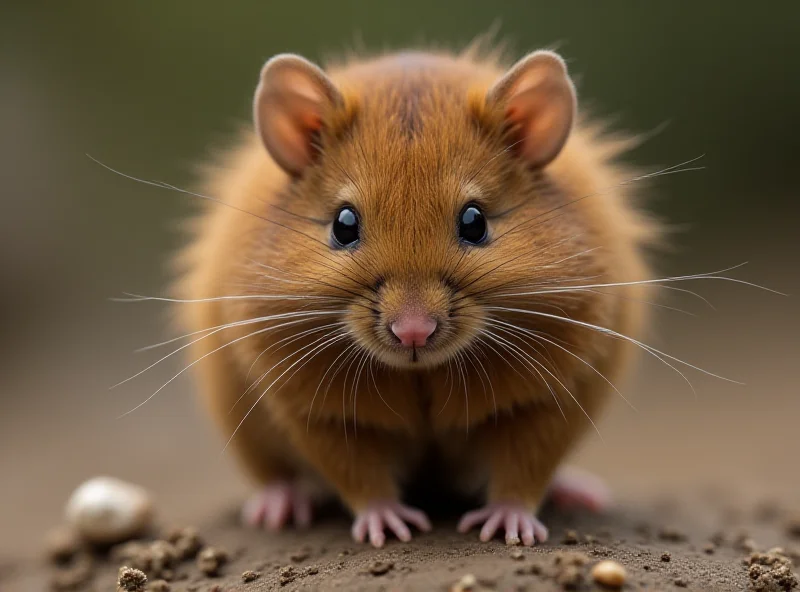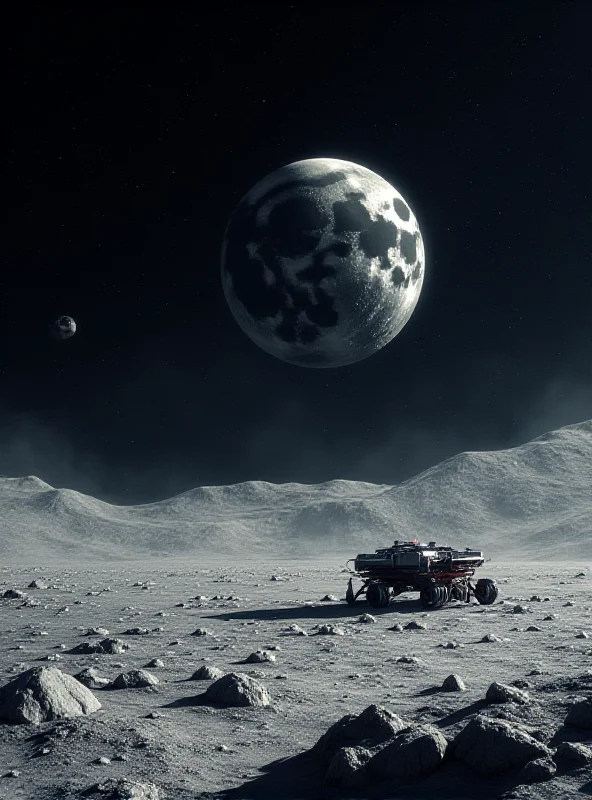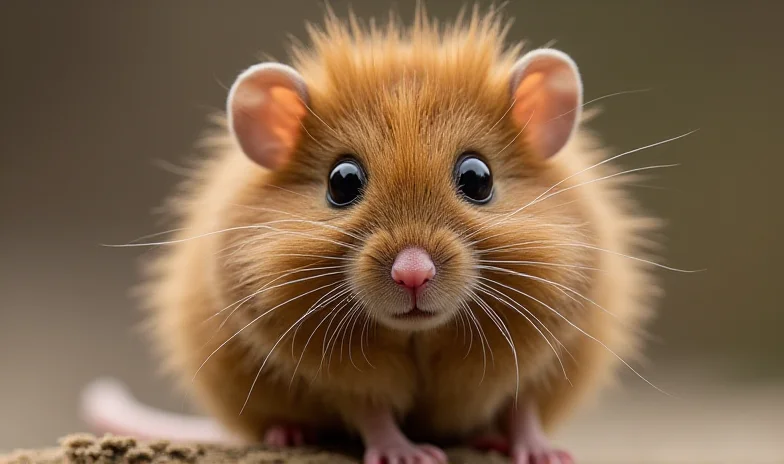This week brings a fascinating mix of science news, from genetic engineering breakthroughs to ongoing space exploration and concerning environmental trends. Let's dive in!
Mice with Mammoth Hair?
Scientists have achieved a remarkable feat: genetically engineering mice to possess long, thick, woolly hair reminiscent of the extinct woolly mammoth. Researchers edited seven genes in mice embryos to achieve this outcome. It's an intriguing development, demonstrating the potential of gene editing technologies.

While the practical applications of this research are still being explored, it highlights the growing power of genetic manipulation and its potential to influence physical traits. Could this technology one day be used to resurrect extinct species? Only time will tell.
Voyager's Power-Saving Measures
NASA is taking steps to ensure the longevity of its iconic Voyager spacecraft. Launched in 1977, these twin probes are now venturing through interstellar space, a testament to human ingenuity and exploration. To conserve power, NASA has powered down two instruments on each spacecraft.
These power-saving measures are crucial to extending the lifespan of Voyager 1 and Voyager 2, allowing them to continue transmitting valuable data from the outer reaches of our solar system and beyond. "These spacecraft are true pioneers," says a NASA spokesperson. "We want to keep them going as long as possible."
Lunar Landers on the Moon
The lunar south pole has seen a flurry of activity recently, with a second moon lander touching down this week. However, the details surrounding its landing remain somewhat unclear. The status of the lander, particularly whether it is upright and fully functional, is still being assessed. This follows another successful landing earlier in the week, marking a significant period for lunar exploration.

Butterflies in Crisis
A concerning trend has emerged from a recent national analysis: America's butterfly populations are disappearing at a "catastrophic" rate. Scientists attribute this decline to a combination of factors, including the widespread use of insecticides, the effects of climate change, and the ongoing loss of natural habitats.
This alarming trend highlights the interconnectedness of ecosystems and the impact of human activities on biodiversity. Conservation efforts are urgently needed to protect these vital pollinators and preserve the beauty and ecological balance they bring to our world. We need to act now before it's too late!

From the microscopic world of gene editing to the vast expanse of interstellar space, and the delicate balance of our ecosystems, science continues to provide us with both incredible discoveries and urgent warnings. It's up to us to pay attention and act accordingly.
